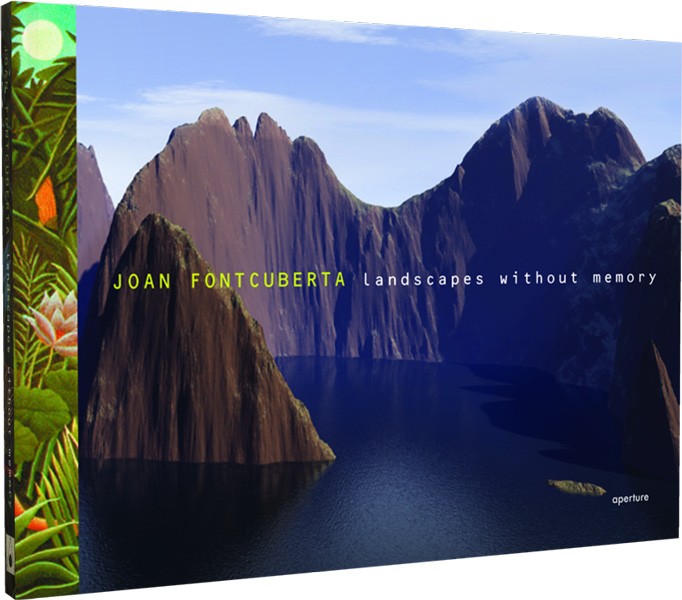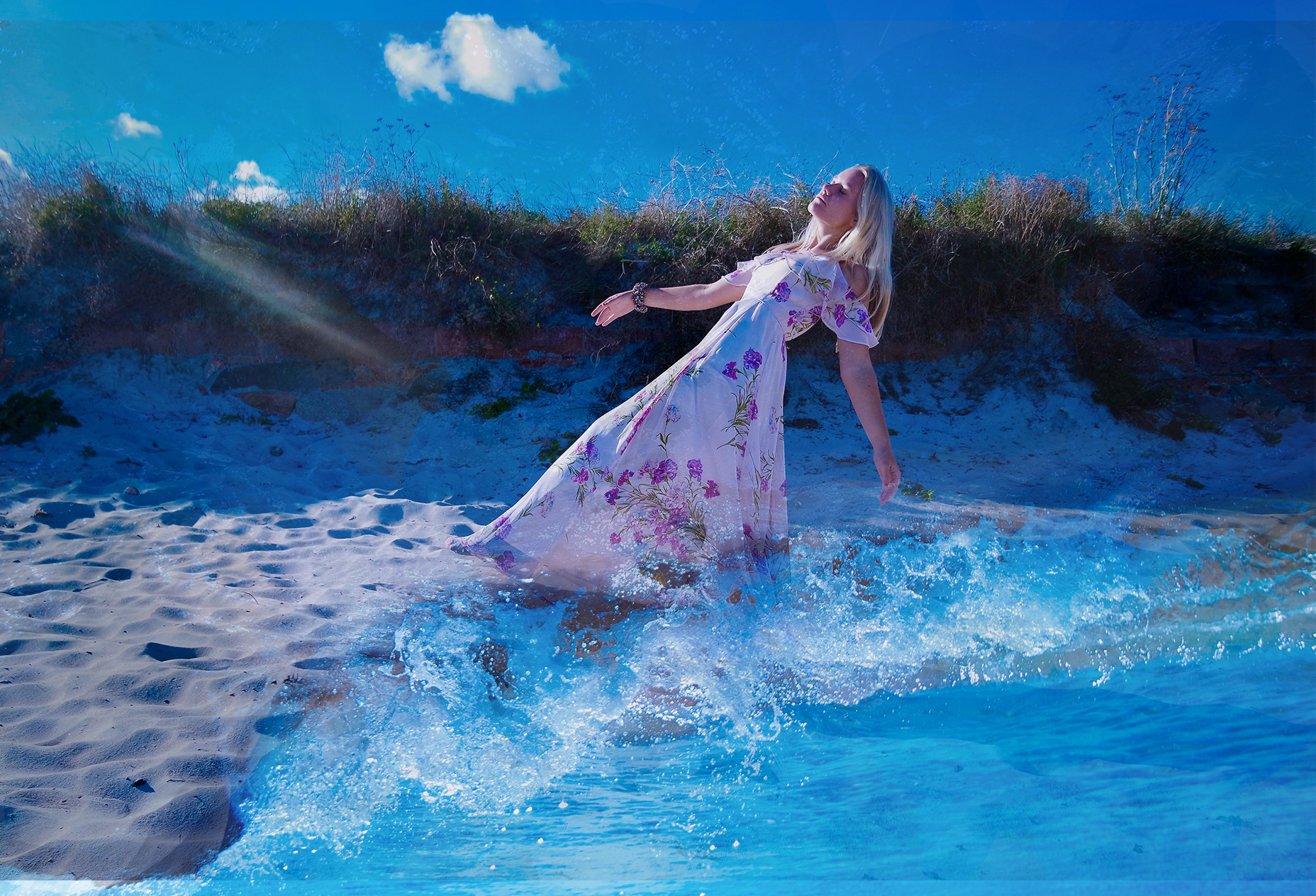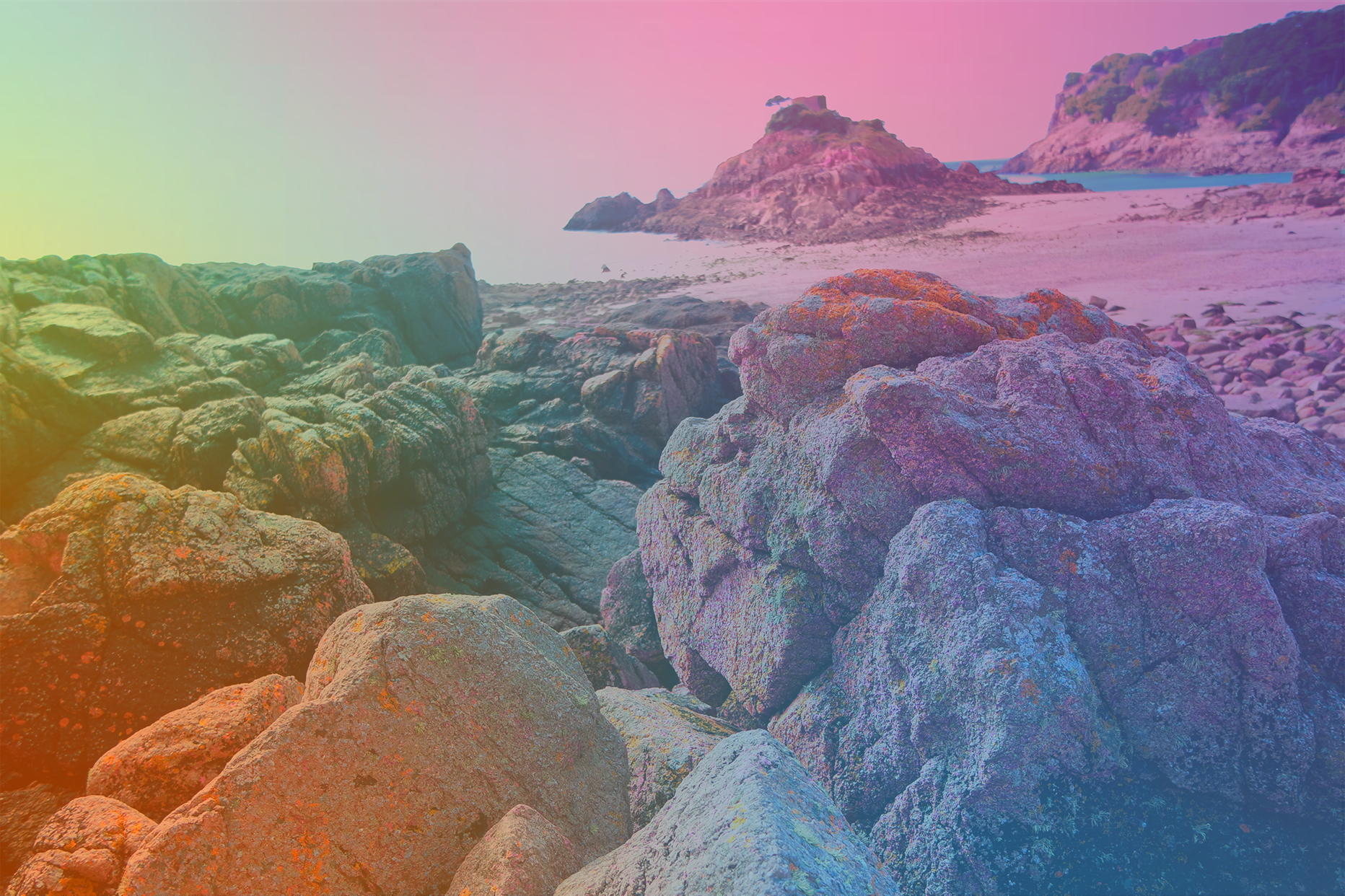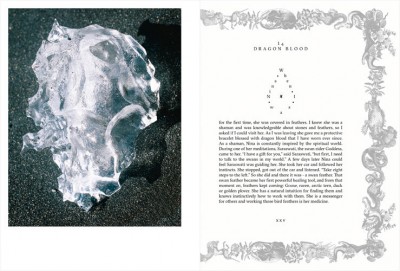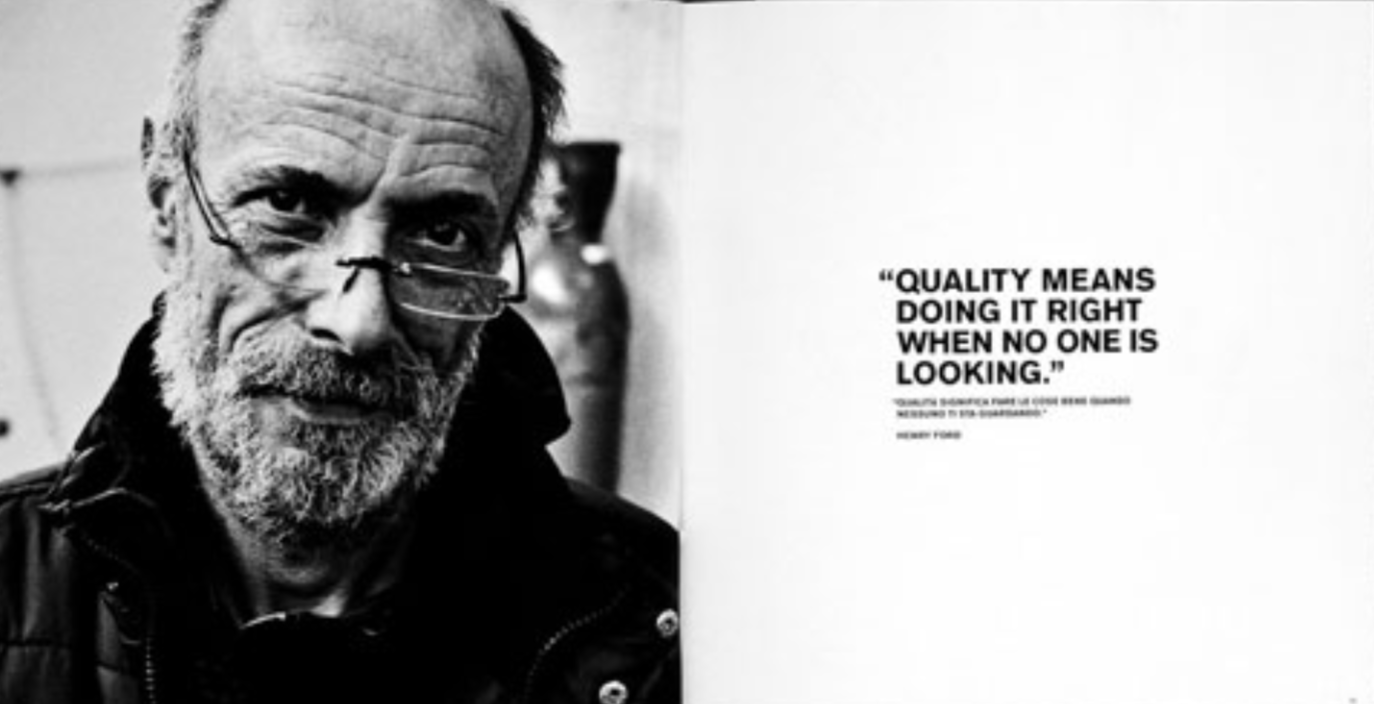3. Deconstruct the narrative, concept and design of the book for ‘ the earth is only a small spec of dust under our feet’
Book in hand: how does it feel? Smell, sniff the paper: the book in hand has a soft fabric feel in the outter wrap , I feel as if this was purposeful in order to further distinguish the unique elements of the book as a whole, The front also has a unicorn showing in a silver text, this creates a deep contrast and allows the feel to have a significant difference in depth, once again showing connotations of a mythological influence.
Paper and ink: use of different paper/ textures/ colour or B&W or both: All the paper within the book is white thick glossy photography paper, this is done in order to be able to represent the light and colour of the images in an exaggerated manner, which is more utilising to the colourful vibrancy of the mythological images. Every page within the book has an image on it or next to a set of text. I believe it would be interesting to look more into perhaps if the text should be on a different paper to the glossy, in order to make the story feel more authentic and old, and something the audience and reader would appreciate.
.Format, size and orientation: portraiture/ landscape/ square/ A5, A4, A3 / number of pages: The size of the book, is around 1/4 smaller than a4, I believe this is done purposely as it would be used as a book people bring in hopes to too experience these mystical journeys, but also the unique size further emphasis the individualism to the text. It is portrait orientated, I believe this is due to it focusing on separate individuals throughout, and demonstrating many portrites of them throughout. The book is quite large It does not supply a page number, But I would guess it was around 300-350 pages.
Binding, soft/hard cover. image wrap/dust jacket. saddle stitch/swiss binding/ Japanese stab-binding/ leperello: After further inspection there are many interests within the book of maps and interesting necessities to further develop the journey. This is fascinating as it allows more of a believability and relationship within the people spoken about in the book itself. The covers is hard but covered with a thin fabric with free embroidery embellishment. The front is not an image taken but a design construed off the inspiration of the whole journey. The binding of the book is quite interesting, because it is divided into sections of each shoot. At the beginning and end of the book lies a section of coloured rainbow images, while within it is different it combines individual stories. This is a new constructive narrative to the book which I believe to be fascinating and An interesting composition which would be good to look more into.
Cover: linen/ card. graphic/ printed image. embossed/ debossed. letterpress/ silkscreen/hot-stamping:I believe perhaps it would be interesting to add many more conceptualised and extras into a book, however, I do want to add features within a text that have not been well thought out for a specific purpose, because of this I will think and consider in the future wether it would be worth while to add some of these aspects or not.
Title: literal or poetic / relevant or intriguing:The title is very unique in how long it is, and how symbolic and poetic it is . It bring about such a strong intrigue. It is not written on the front but the side, it is a poetic and perhaps wonderers unique view in order to how people construct the idea of life and what is true and what isn’t. I think it would be fascinating to come up with a title such as this, and will definitely be a strong inspiration for my own individual work.
Narrative: what is the story/ subject-matter. How is it told?:The narrative is many different mini stories, all with the same structure of discussing that of spiritual and mystical experiences which many would presume to be fake. It is shown to be respected and not something which is told throughout to be untrue or not possible, it is an exploration into things we do not know about, and is told form the individual unique viewpoints.
- Structure and architecture: how design/ repeating motifs/ or specific features develops a concept or construct a narrative.
Many of the images come under similar characteristics or categories. Two categories which are current throughout the book, as that of people who have told their story being surrounded by rocks and crystals, this is a dynamic way to show each individual but still showing the direct connection to the themes of mystical fantasy. Secondly many images of rocks are shown throughout, a way to be fitting with the concept, They are shown with different combinations of rainbow patterns internalised over each rock landscape, this is very unique and something which I have never seen in a book before. Thirdly there are many landscapes taken of the areas which she travelled around Iceland, they are all taken in the same manner, but not edited, but taken in such a way there is something always beautiful, spiritual and peaceful found within them. Lastly she has some unique ways to capture her images in terms of light and composition, she occasionally puts her individual under a rainbow, or cover her face in sparks of glitter, she does so in order to allow them to glow and connote a visual representation of their spirit.
- Design and layout: image size on pages/ single page, double-spread/ images/ grid, fold- outs/ inserts.
The images throughout the book have many variations when it comes to size on the pages, many of the landscapes are double pages and objects which show a continuation to the narrative, however many of the portraits and separate images either have a border, next to text, or have a blank page next to them. There is an insert at the end of a map of where she travelled, but displayed as an old fashioned map, i think this is interesting as it completely visualises her trip as a whole.
- Editing and sequencing: selection of images/ juxtaposition of photographs/ editing process.
the sequencing at the beginning and end is both the same, and within the centre is split into double page spread, and portraits of individuals and their stories. There is not so much a juxtaposition as even is the photos look very different they still carry such a strong visual chemistry within the concept of narrative.
- Images and text: are they linked? Introduction/ essay/ statement by artists or others. Use of captions (if any.)
I believe the images and the text should definitely have strong connection of themes throughout in order to link them and create a narrative. I will give an introduction to my book as I belive this will be important within the content, and also it will begin linking the text from personal stories and myths. I belive I might try and find or possibly even design my own drawing in order to sync in with the intro and separate parts of the stories themselves. The essay itself is linked quite well to my images with the themes of the sublime and romanticism, i will put this in the back of my book and again will do so, in order for it to be similar to the past myth.
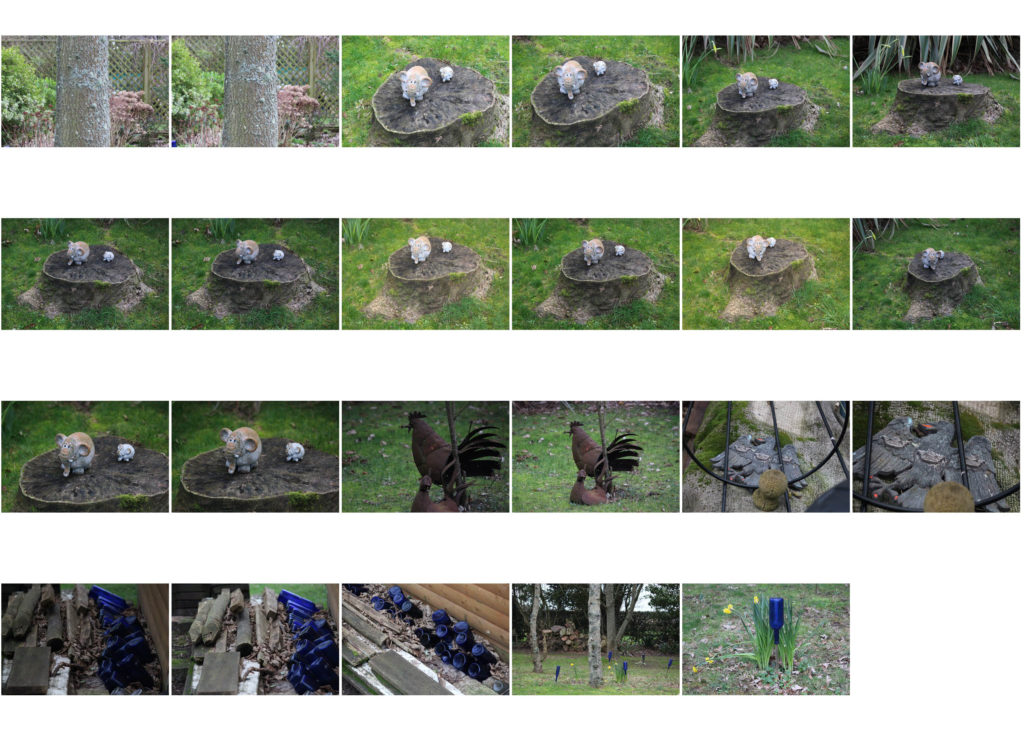

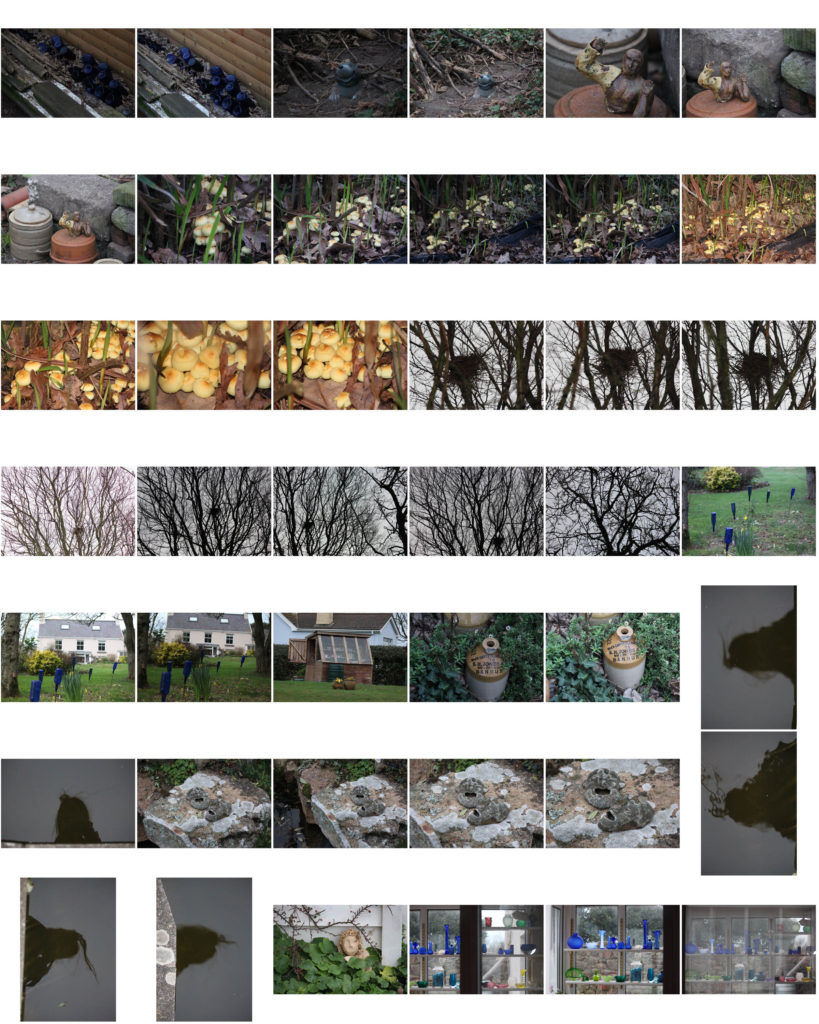
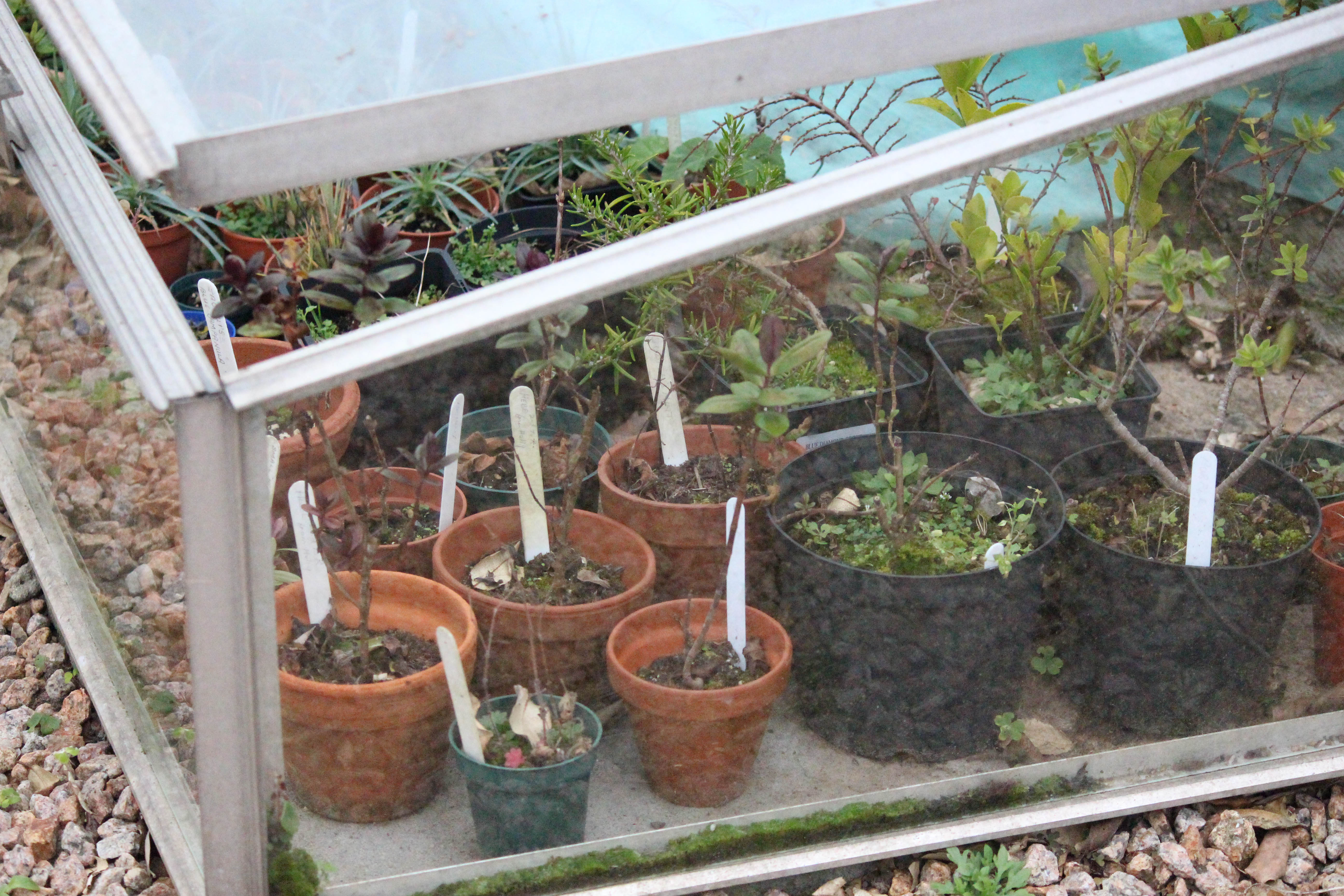
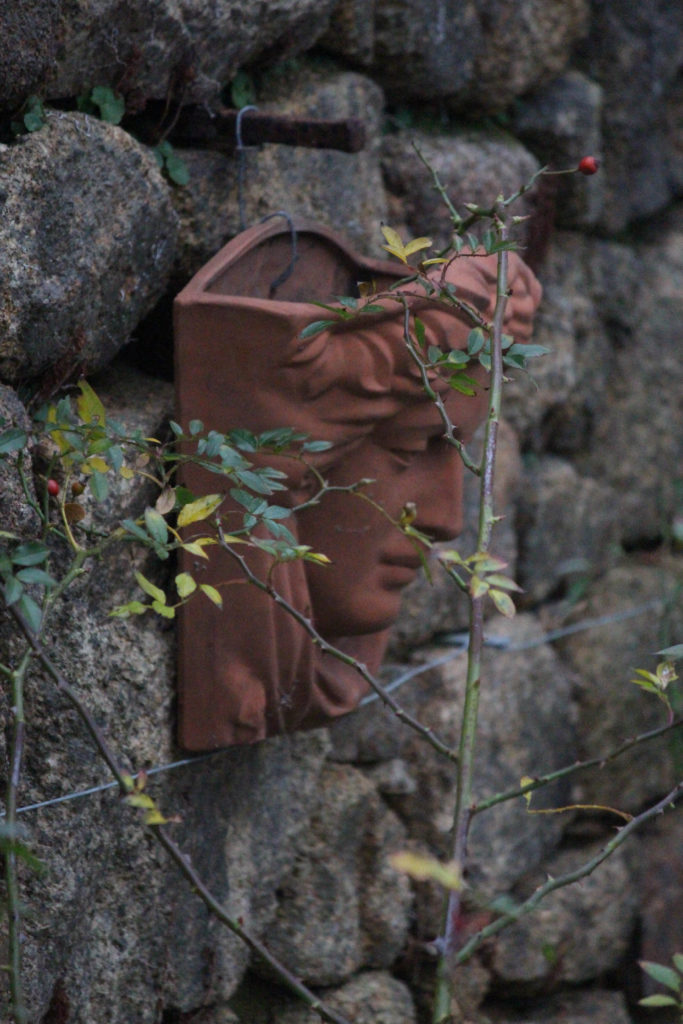
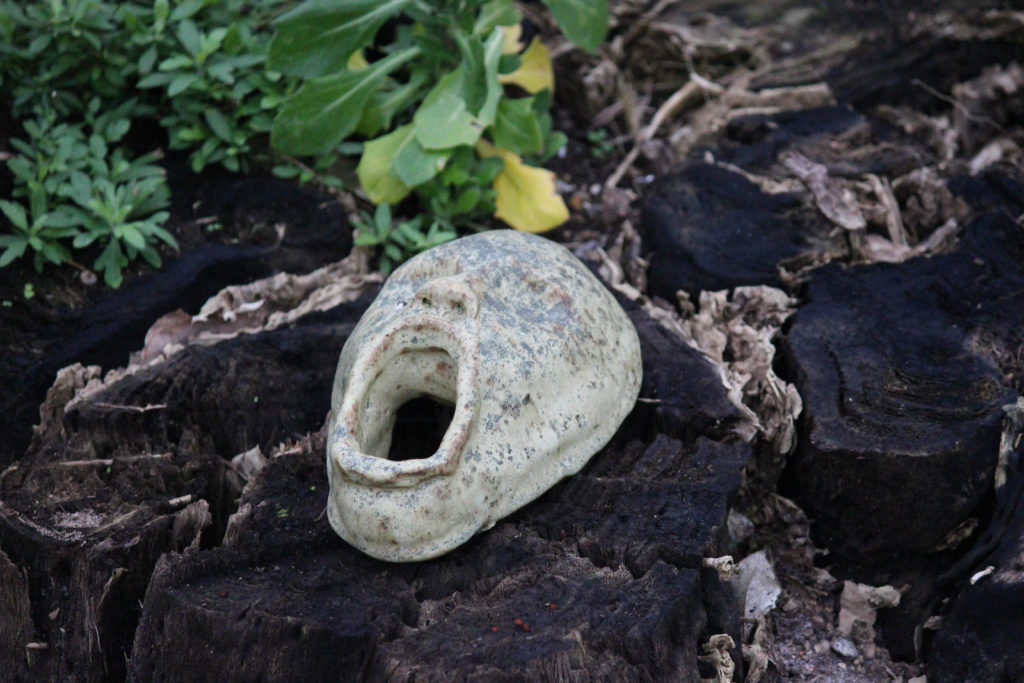
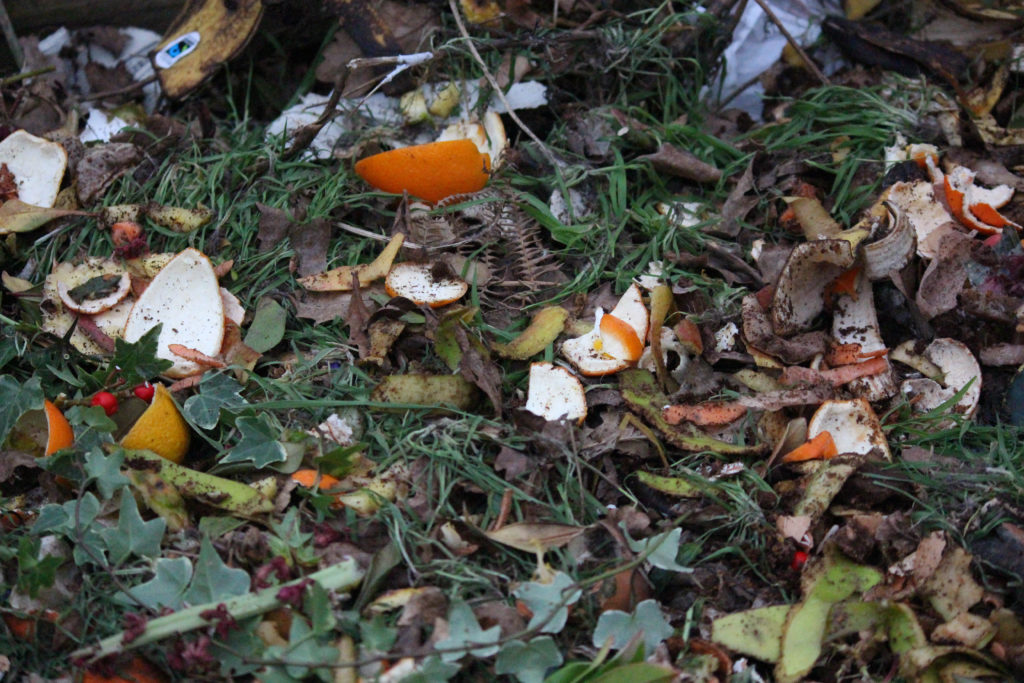
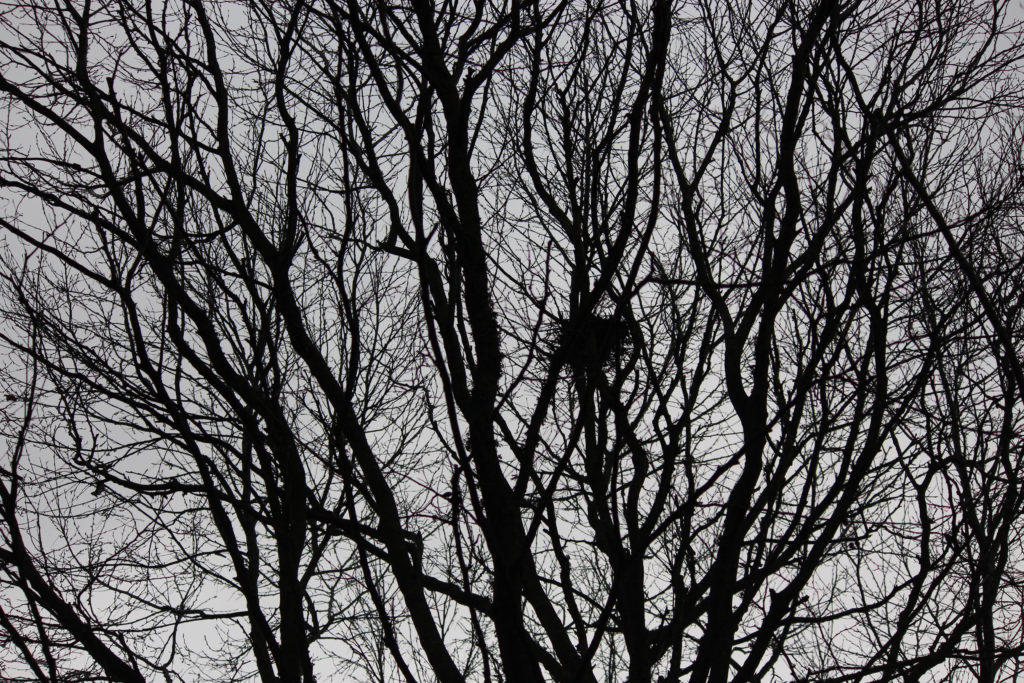


 ‘Where Mimosa Bloom’ which is a project that focuses on the life of her late mother and how her death effected the people closest to her, this project won her numerous awards and was published in the ‘Ruby Star’ magazine. She studied Humanities at Ba level and after completing a degree in Comparative literature she studied photography at CFD School of Photography.She is now working on a project with Salvi Danés and David Bestué with the support of Terralab.cat.
‘Where Mimosa Bloom’ which is a project that focuses on the life of her late mother and how her death effected the people closest to her, this project won her numerous awards and was published in the ‘Ruby Star’ magazine. She studied Humanities at Ba level and after completing a degree in Comparative literature she studied photography at CFD School of Photography.She is now working on a project with Salvi Danés and David Bestué with the support of Terralab.cat.

 Dealing with the grief that the photographer suffered following the death of her mother, Where Mimosa Bloom takes the form of an extended farewell letter; with photography skillfully used to present a visual layout of her life and the people who played a part in it. Where Mimosa Bloom” is the result of over two years of work that Rita spent collecting, curating materials and taking photographs of places, objects and people that played a significant role in her relationship to her mother. In my opinion Rita skillfully avoided giving the impression of grief’s self-pity, isolationism, world-scorn and vanity.
Dealing with the grief that the photographer suffered following the death of her mother, Where Mimosa Bloom takes the form of an extended farewell letter; with photography skillfully used to present a visual layout of her life and the people who played a part in it. Where Mimosa Bloom” is the result of over two years of work that Rita spent collecting, curating materials and taking photographs of places, objects and people that played a significant role in her relationship to her mother. In my opinion Rita skillfully avoided giving the impression of grief’s self-pity, isolationism, world-scorn and vanity. 







 At aged 16 she won a full scholarship to the prestigious Rugby school where her passion of photography first began to grow she went on to take a BA in Photography at UCA Farnham, where she first began to experiment with her Gambian identity in relation to photography. In early 2017 Saye, completed nine tintype photographers from she project she entitled ‘
At aged 16 she won a full scholarship to the prestigious Rugby school where her passion of photography first began to grow she went on to take a BA in Photography at UCA Farnham, where she first began to experiment with her Gambian identity in relation to photography. In early 2017 Saye, completed nine tintype photographers from she project she entitled ‘
